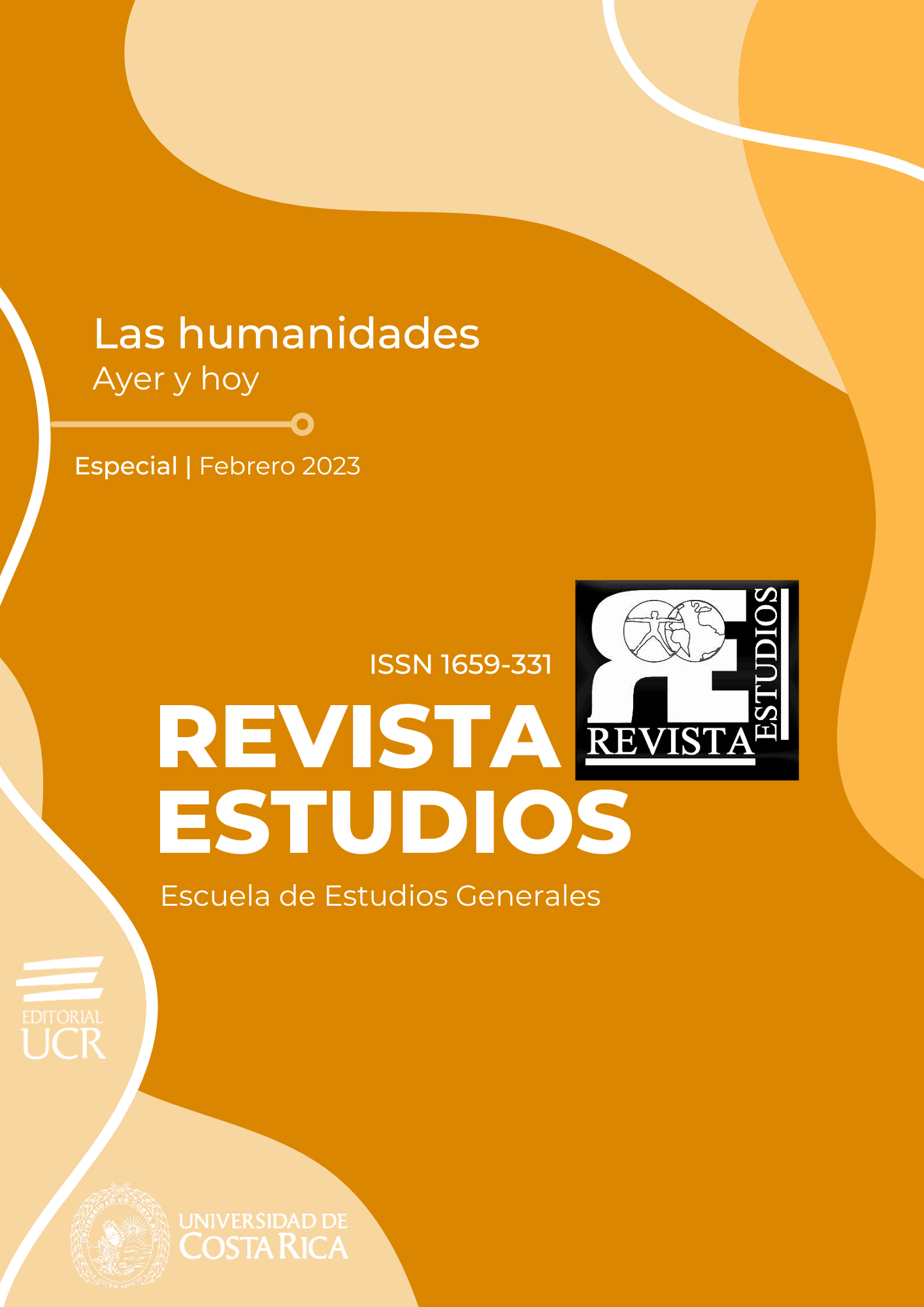Abstract
La gran aventura LEGO (2014) se promocionó como una película infantil debido a que se basaba en la memorable línea de juguetes de construcción LEGO, cuyas figuras se animaron con gráficos computarizados. No obstante, el análisis de los recursos humorísticos del filme, así como de su contenido temático revela que el mensaje principal de la película se dirige a un público adulto. Este artículo revisará el humor negro y la comedia física del tipo slapstick, las referencias al mundo corporativo, la concepción distópica de la sociedad y la historia dentro de la historia de La gran aventura LEGO, elementos sustantivos del filme que apelan a los adultos y no a los menores de edad.
References
Arisa, A., Rey, L., Sabogal, M., Sánchez, R., & Sosa, N. (2020). Estudio de la microgerencia en la dirección de proyectos presente en la cultura organizacional. [Investigación sin publicar]. Universidad Ean.
Barnes, L. (2015, marzo 31). Damaging Effects of Micromanagement. Obtenido de PA TIMES Online: https://patimes.org/damaging-effects-micromanagement/
Castillero Mimenza, O. (2021). La teoría del panóptico de Michel Foucault. Psicología y Mente. Consultado en enero de 2022. https://psicologiaymente.com/social/teoria-panoptico-michel-foucault.
Cherry, K. (2021, junio 19). The recency effect in psychology. Very Well Mind. Verywellmind.com. Consultado en diciembre de 2020. https://www.verywellmind.com/the-recency-effect-4685058
Dunn, T. P., & Erlich, R. D. (1981). A vision of dystopia: Beehives and mechanization. The Journal of General Education, 33(1), 45–57. http://www.jstor.org/stable/27796838
Dyer-Witheford, N. (1999). Cyber-Marx: Cycles and Circuits of Struggle in High- Technology Capitalism. University of Illinois Press).
Galda, L. (1982). Playing about a Story: Its Impact on Comprehension. The Reading Teacher, 36(1), 52–55. http://www.jstor.org/stable/20198156
Huck, C. S. (1964, mayo) Children’s literature –Defined. Elementary English. Vol 41, (5), 467-470.
Lord, P., & Miller, C. (Directores). (2014). La gran aventura LEGO [Filme]. Warner Bros. Pictures.
Manzo, M. y Reyes, E. (2009). La violencia en los dibujos animados norteamericanos y japoneses: su impacto en la agresividad infantil. Alternativas en Psicología, 14(20), 26-34. Recuperado en 28 de diciembre de 2021, de http://pepsic.bvsalud.org/scielo.php? script=sci_arttext&pid=S1405- 339X2009000100003&lng=pt&tlng=es.
McIntire-Strasburg, J. (2005). Introduction: Humor is Serious Business. Studies in American Humor, 13, 3–10. http://www.jstor.org/stable/42573476
O'Sullivan, M.(February 6, 2014). The Lego Movie review: Toy-themed adventure celebrates creativity. The Washington Post. Retrieved on November 2, 2021.
Pien, D., & Rothbart, M. K. (1976). Incongruity and Resolution in Children’s Humor: A Reexamination. Child Development, 47(4), 966–971. https://doi.org/10.2307/1128432
Pirrone, C., Amata, C., Cerniglia, S., & Di Nuovo, S. (2014). Playing with Building Block: a Way to Improve Numerical Intelligence and Nonverbal Reasoning. ScienceDirect, 1-6.
Reed, I. (1989). Destabilizing frames for story. Short Story Theory at a Crossroads. Eds. Susan Lohafer and Jo Ellen Clarey. Louisiana UP.
Ryan, M.-L. (1986). Embedded Narratives and Tellability. Style, 20(3), 319–340. http://www.jstor.org/stable/42945611
Serafini, F., & Coles, R. (2015). Humor in children’s picture books. The Reading Teacher, 68(8), 636–638. http://www.jstor.org/stable/24574775
Tamashiro, R. T. (1979). Children’s Humor: A Developmental View. The Elementary School Journal, 80(2), 69–75. http://www.jstor.org/stable/1001282
Trites, R.S. (1993). Nesting: Embedded Narrative as Maternal Discourse in Children's Novels. Children's Literature Association Quarterly 18(4), 165-170. doi:10.1353/chq.0.0877.

